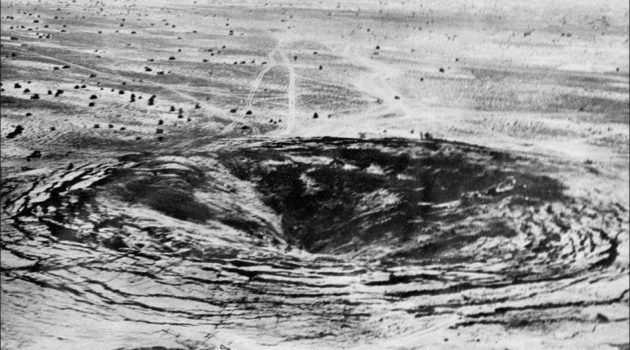The Peaceful Explosion
On the morning of May 18, 1974, a nuclear device was detonated in the Rajasthan desert near Pokhran, India. This event came as a shock to the entire world. Work on a nuclear fission device had been authorized by Indian Prime Minister Indira Gandhi on September 7, 1972. A small team of about 75 scientists and engineers at the Bhabha Atomic Research Center (BARC) began the process of designing and developing an atomic bomb. The head of the development team was Raja Ramanna. The plutonium for the device was extracted from the CIRUS (Canada-India Reactor U.S.) research reactor, a 40-megawatt reactor supplied by Canada that began operating in 1960. The device's design was similar to the implosion design used on the Fat Man bomb, but the Indian design was simpler and less sophisticated than the American system.

The underground test is often referred to as "Smiling Buddha" and was not a deliverable weapon. The actual yield is subject to some debate. The official yield was set at 12 kilotons, although it more likely that yield was lower, about 8 kilotons. The Indian government referred to the test as a "peaceful" nuclear explosion geared toward exploring such things as enhanced mining techniques, the "stimulation of oil reservoirs to increase both the production rate and the ultimate recovery" of oil, and to conduct other feats of large-scale underground nuclear engineering.
International reaction was negative, and Canada cut off virtually all nuclear assistance. The United States also restricted such collaborations and successfully persuaded India not to carry out further nuclear tests at that time. India continued its research and development on nuclear weapons, mostly out of sight of the public. Pakistan, India's long time rival, accelerated its nuclear program in response.